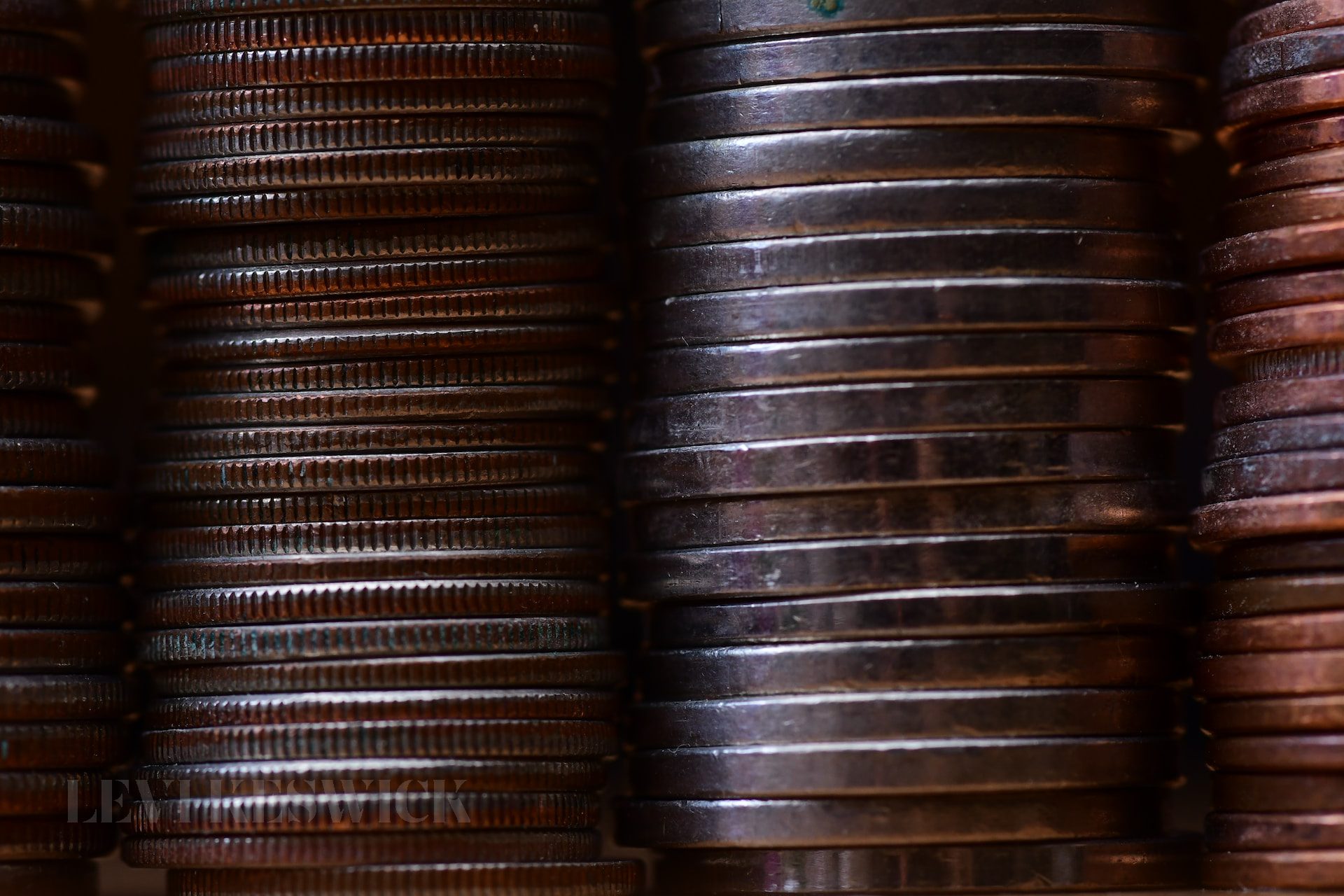Key Takeaways;
- The 1970 Jefferson Nickel, made of 75% copper and 25% nickel, holds unique value due to various mint errors and varieties.
- While most 1970 nickels aren’t highly valuable, certain rare specimens like the “full steps” or ones with mint mark errors can be worth up to $2000.
- Understanding the grading system used by numismatists, such as the Sheldon Scale, can help collectors determine the value of their coins.
- Buying and selling 1970 nickels typically happen via online platforms, with coins possessing special features fetching higher prices.
The Intriguing Appeal of the 1970 Jefferson Nickel
There’s a unique intrigue attached to the 1970 Jefferson Nickel, which features the profile of the U.S.’ third president, Thomas Jefferson. Produced by the United States Mint, these coins replaced the Buffalo Nickel in 1938. Their design, crafted by Felix Schlag, has Jefferson’s visage depicted on one side and his Monticello residence on the other.
Despite their ordinary composition (75% copper, 25% nickel), what sets these coins apart is the potential for various minting errors that took place in 1970, which can significantly increase their value.
The Hidden Gems: Rare Varieties and Errors
The 1970 nickels aren’t typically high value due to their plain metal composition. However, a few specific variations with mint errors can fetch a considerable price. One such variety is the S nickel. Only a handful of 1970 S nickels were double-struck, making them rare finds. A perfectly struck 1970 Jefferson Nickel, known as “full steps,” can be worth up to $2000 if in pristine condition.
There are several variations of the 1970 nickel with mint mark defects. A Jefferson Nickel with an S mint mark error and a grade of MS 67 can fetch up to $2000 at auctions. Similarly, a 1970 D nickel with an incorrect mint mark can be worth approximately $200. This value might increase depending on the severity of the error.
One of the most valuable errors is double striking, which refers to multiple imprints on the coin. Typically, the second strike is 45% off-center, giving the coin a distinctive appearance and significantly increasing its value. A double-struck 1970 D nickel, for example, can fetch around $350 apiece.
Understanding the Grading System
To correctly identify the value of a 1970 nickel, it’s crucial to understand the grading system used by numismatists. The Sheldon Scale, which ranges from poor (P-1) to perfect mint state (MS-70), assigns numerical values to coins based on their condition. Each numerical point corresponds to a description of the coin’s wear and tear, detailing aspects like wear on high points, contact marks, shine, and overall eye appeal.
A coin’s value increases with its grade on the Sheldon Scale. For instance, a 1970 nickel in MS 65 form, signifying an uncirculated coin with high mint shine, minimal contact blemishes, and exceptional eye appeal, can be worth $9.13.
Where to Buy or Sell 1970 Nickels
Although regular 1970 nickels aren’t in high demand, those with unique features such as mint errors or superior condition fetch higher prices. Coin collectors and enthusiasts often buy and sell these nickels online or through reputable coin dealers and auction houses.
Coins like the 1970 Jefferson Nickel, despite their ordinary appearance, showcase the fascinating world of numismatics where rarity, errors, and history can transform a common coin into a collector’s treasure. As the adage goes, one must look beneath the surface. With the 1970 nickel, that’s where the true value lies.








